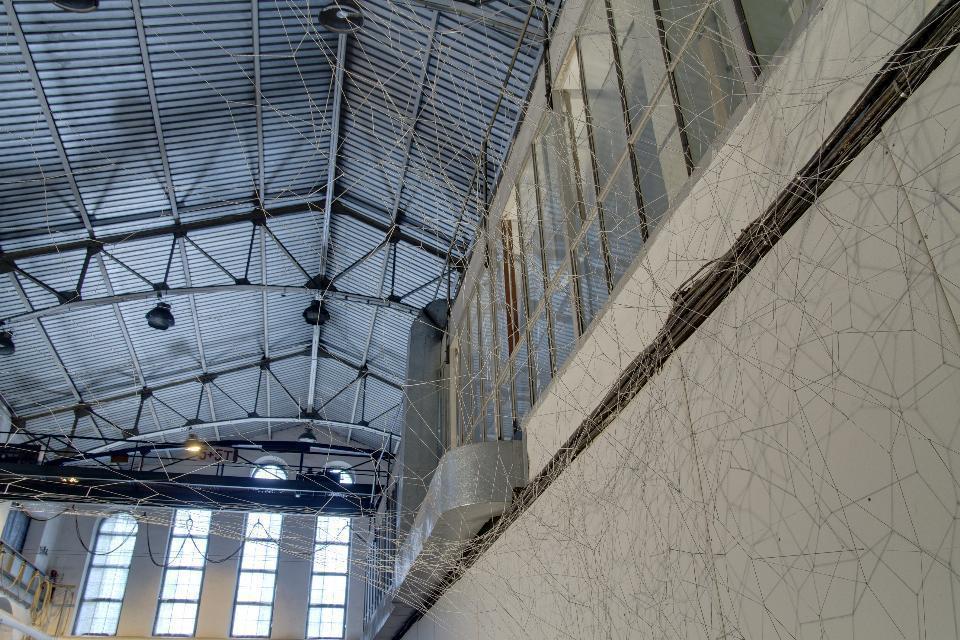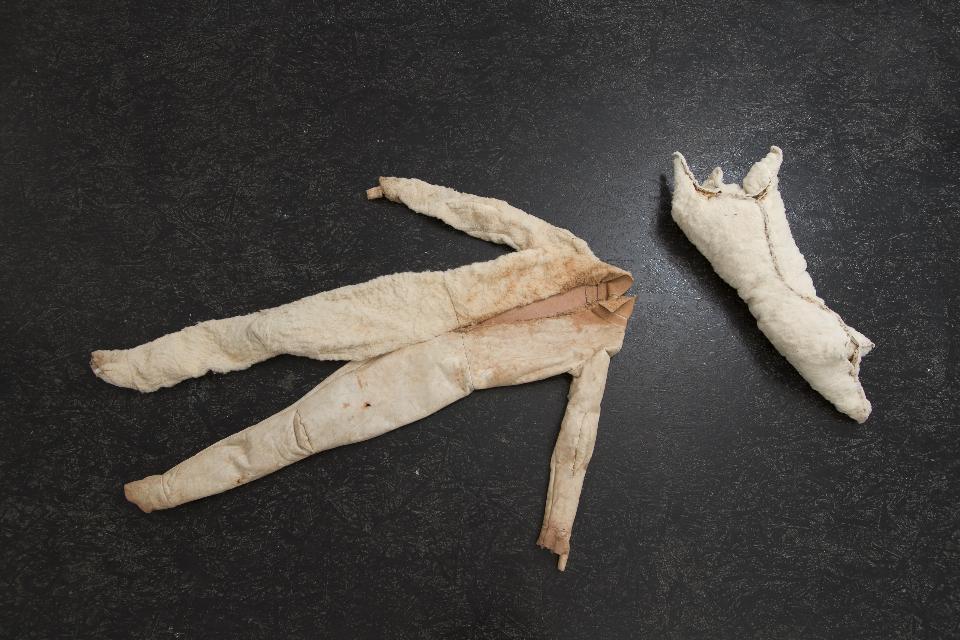Point without I
The Point without I exhibition was inspired by the concept of the rhizome put forth by the Postmodernist thinker Gilles Deleuze.
What is a rhizome?
The first and most apparent association leads to the world of plants. Deleuze applies it to the entire reality. According to him the rhizome is “…a subterranean stem that is absolutely different from roots and radicles. Bulbs and tubers are rhizomes. Even some animals are, in their pack form. Rats are rhizomes. Burrows are too, in all of their functions of shelter, supply, movement, evasion, and breakout. The rhizome itself assumes very diverse forms, from ramified surface extension in all directions to concretion into bulbs and tubers. The rhizome includes the best and the worst: potato and couchgrass, or the weed. Animal and plant, couchgrass is crabgrass. The beat, the underground, bands and gangs.”1
For Deleuze the rhizome furnishes a model of the world and reality and of the predicament of the contemporary human person. It is marked by a lack of hierarchy: “plants form a rhizome with something else – with the wind, with animals, with people; we form a rhizome with our viruses, or rather our viruses cause us to form a rhizome with other animals.”2 The rhizome is decentralised and expands into an uncontrollable and complex world of views, beliefs and approaches to reality. The rhizome is moreover like a book, where the open text extends into all directions and onto multiple fields; it is also like a net or connection node where each point can be connected with any other point, of a different kind and source… Cut off at any place, it grows back, transmogrifies, and sprouts forth…
The “Point without I” exhibition wishes to demonstrate that Deleuze’s idea may be a significant point of reference for the contemporary person. It moreover aims to check how this applies to the diverse aspects of the surrounding reality. On the one hand this reality consists of growing tension and unrest, the economic crisis and the resultant lack of a sence of security. Moreover, there are less intense contacts and interpersonal relations, which augment solitude and sometimes also produce a sense of rejection and isolation (which seems paradoxical in the face of ever increasing communications possibilities). The ubiquitous media bombard us with calamitous or worthless information. The expanding mechanisms of control in a covert fashion impact our subconsciousness and steer our everyday behaviour.
On the other hand, the rhizome is characterised by extremely positive energies. The rhizome is multiplicity and vitality, which when translated into everyday reality means diverse opportunities, openness, an absence of limitations and as a result a (potential) freedom, equality of rights, self-organisation/rhizomatic organisation, freedom of choice and self-determination. This freedom of choice allows us to decide who we want to be, which direction we wish to take and as a consequence how we want to create our own reality. A reference to Deleuze’s theory seems well-justified, then. We first and foremost wish to address the problem in the context of artistic practice so that theory does not dominate over observations of social behaviour…
The exhibition does not aim to merely collect works made in various formal media contexts but rather to offer a critical approach to the economic, cultural and political status of the contemporary citizen. We want to address the identity of this person and, most importantly, to adopt a constructive approach to the changes taking place in the contemporary world, to break free from inner fears, lack of self-confidence, and selfdestruction.
“Point without I” wishes to overcome the psychological and cognitive “art-audience” barrier through familiarising the audience with philosophic, cultural and sociological issues, through open debate and a focus on the importance of education. Key words like unrest, survival strategies, isolation, alienation as well as connectivity, heterogeneity, self-organisation, alternative methods of problem-solving, processes of cultural translations, mediated communication will be subject to debate.
Sylwia Narewska and Katya Shadkovska
[1] Gilles Deleuze, Felix Guattari, A Thousand Plateaus. Introduction: “The Rhizome”. Minneapolis: University of Minnesota
Press, 1987. Tr. Brian Massumi.
[2] Deleuze, Guattari, op.cit.
Upcoming events accompanying the exhibition:
Summer philosophy meetings, Galeria Arsenał power station, ul. Elektryczna 13, the entrance at ul. Świętojańska
– 21 and 28 August 2013, 18.00 – lecture by dr Waleria Szydłowska-Hmissi and film screening „Gilles Deleuze from A to Z” [L’Abécédaire de Gilles Deleuze], directed by Pierre-André Boutang
– 4 and 11 September 2013, 18.00 – film screenings on philosophy
Workshop meeting the author for children “Maze”, Galeria Arsenał power station, ul. Elektryczna 13, the entrance ul. Świętojańska
23 August 2013, 11.00. We welcome children at the age 6-10.
Walk through the maze is difficult. What about constructing it? We will learn about the history and ways to build such structures. We will build the mazes together to have fun.
The activities will be held by Justyna Kołodko-Bietkał from Galeria Arsenał
Participation in the workshops is free.
Prior registration is required: j.bietkal@galeria-arsenal.pl until Wednesday, 21 August, 17.00
Due to limited seats available, the condition of entry will be done by listing the names of the participants who will receive a return message with confirmation.
Marek Chołoniewski

PLAN YOUR VISIT
Opening times:
Thuesday – Sunday
10:00-18:00
Last admission
to exhibition is at:
17.30

